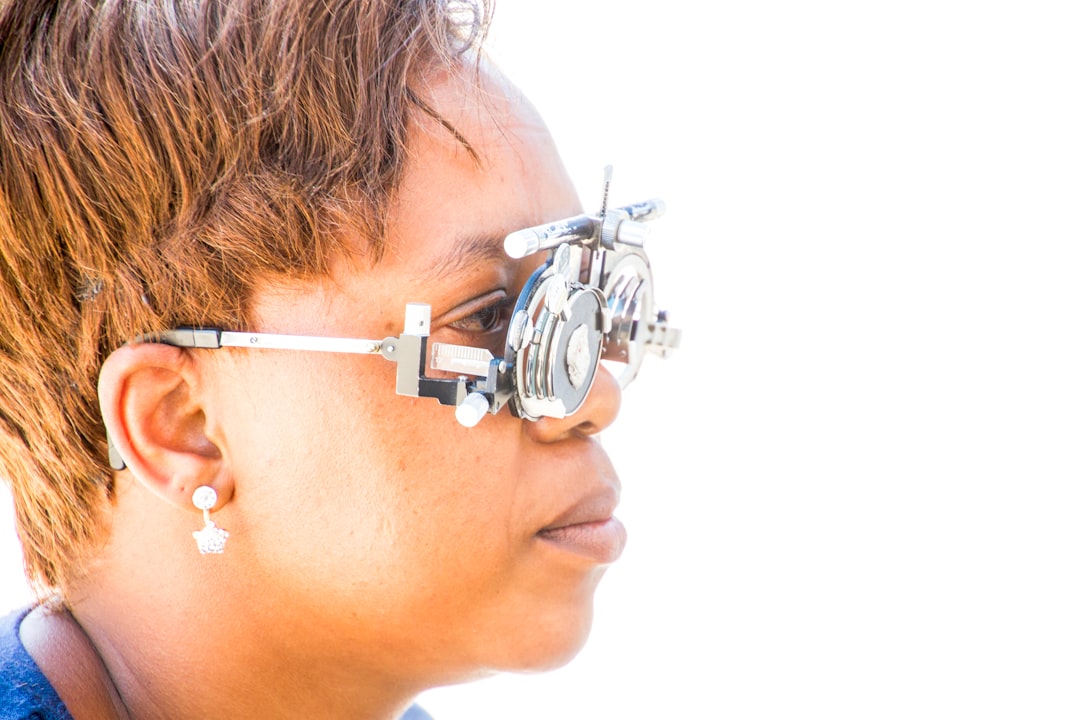Support our educational content for free when you buy through links on our site. Learn more
What is the Top 2% of IQ Test? [2024] 🧠
Have you ever wondered what it means to be in the top 2% of IQ test takers? If you’re curious about intelligence and IQ tests, you’ve come to the right place! At Free IQ Tests™, we’re experts in finding your IQ and helping you improve it. In this article, we’ll dive deep into the world of IQ tests and explore what it means to be in the top 2%. So, let’s get started!
Quick Answer
Being in the top 2% of IQ test takers means that you have scored higher than 98% of the population who have taken the same test. It indicates that you have exceptional cognitive abilities and are considered highly intelligent. Achieving such a high score can open doors to various opportunities and is often associated with success in academic and professional pursuits.
✅ 👉 CHECK PRICE on: IQ Test | Mensa | Official Website
Quick Tips and Facts
- The average IQ score is set at 100, with a standard deviation of 15. This means that most people fall within the range of 85 to 115.
- IQ tests measure various cognitive abilities, including verbal, mathematical, and spatial reasoning.
- The top 2% of IQ test takers generally have scores above 130.
- Mensa International is a well-known organization that accepts members with high IQ scores, typically in the top 2%.
Background: Understanding IQ Tests

Before we delve into what it means to be in the top 2% of IQ test takers, let’s first understand what IQ tests are and how they work. IQ, or Intelligence Quotient, is a measure of a person’s cognitive abilities. IQ tests are designed to assess various aspects of intelligence, including problem-solving, logical reasoning, and pattern recognition.
IQ tests are standardized assessments that provide a numerical score, which represents an individual’s intelligence relative to the general population. These tests are often used in educational and employment settings to evaluate cognitive abilities and predict academic or job performance.
History of IQ Tests

The concept of measuring intelligence dates back to the early 20th century when French psychologist Alfred Binet developed the first modern intelligence test. Binet’s test aimed to identify children who needed additional educational support. Over time, IQ tests evolved and became more sophisticated, incorporating a broader range of cognitive abilities.
How IQ Scores are Calculated
IQ scores are calculated by comparing an individual’s performance on an IQ test to the performance of a representative sample of the population. The average score is set at 100, with a standard deviation of 15. This means that most people fall within the range of 85 to 115.
To determine the top 2% of IQ test takers, the scores are converted into percentiles. A percentile indicates the percentage of people who scored lower than a particular score. For example, if you score in the 98th percentile, it means you scored higher than 98% of the population who took the same test.
What IQ is in the Top 2%?
To be in the top 2% of IQ test takers, you generally need to have a score above 130. This score indicates that you have performed better than 98% of the population who took the same test. Scoring in the top 2% is considered highly exceptional and places you among the intellectual elite.
Benefits of Scoring in the Top 2%
Scoring in the top 2% of IQ test takers can have several benefits. Here are a few:
-
Academic Opportunities: High IQ scores can open doors to prestigious academic institutions and scholarship opportunities. Many universities and educational programs value intellectual potential and actively seek out students with exceptional cognitive abilities.
-
Professional Success: Individuals with high IQ scores often excel in their careers. Their ability to think critically, solve complex problems, and adapt to new challenges can lead to success in various fields, including science, technology, engineering, and mathematics (STEM).
-
Membership in High-IQ Societies: Organizations like Mensa International accept members with high IQ scores. Joining such societies provides opportunities for networking, intellectual stimulation, and engaging with like-minded individuals.
-
Personal Fulfillment: Scoring in the top 2% can boost self-confidence and provide a sense of personal achievement. It validates your intellectual capabilities and can motivate you to pursue challenging goals.
Drawbacks of Scoring in the Top 2%
While scoring in the top 2% of IQ test takers comes with many benefits, it’s important to acknowledge potential drawbacks as well. Here are a few to consider:
-
Pressure and Expectations: Achieving a high IQ score can create pressure to constantly perform at a high level. Others may have high expectations of your abilities, which can be overwhelming.
-
Stereotypes and Misconceptions: People with high IQ scores are sometimes stereotyped as socially awkward or lacking emotional intelligence. It’s important to remember that intelligence comes in various forms, and high IQ does not guarantee success in all areas of life.
-
Perfectionism: Some individuals with high IQ scores may struggle with perfectionism and fear of failure. The pressure to always be the smartest can lead to anxiety and self-doubt.
-
Limited Focus: While high IQ scores indicate exceptional cognitive abilities, they do not measure other important qualities such as creativity, emotional intelligence, or practical skills. It’s essential to develop a well-rounded set of abilities for overall success and fulfillment.
FAQ

What is 2% top IQ?
The top 2% of IQ refers to individuals who have scored higher than 98% of the population who took the same IQ test. It indicates exceptional cognitive abilities and places individuals among the intellectual elite.
Read more about “Is 135 IQ a Genius? … 🧠”
What IQ is 2% of the world?
The IQ score that represents the top 2% of the world’s population varies depending on the specific IQ test used. However, a score above 130 is generally considered to be in the top 2%.
Read more about “What Percentage of the World Has 135 IQ? … 🌍🧠”
What IQ is 2% of people?
Being in the top 2% of people in terms of IQ means that you have scored higher than 98% of the population who took the same IQ test. This indicates exceptional cognitive abilities and places you among the intellectual elite.
What IQ is the lowest 2%?
The lowest 2% of IQ scores would be below 70. However, it’s important to note that IQ scores below 70 are typically associated with intellectual disabilities and may require additional support and accommodations.
Conclusion

Scoring in the top 2% of IQ test takers is a remarkable achievement that indicates exceptional cognitive abilities. It opens doors to various opportunities in academics, careers, and intellectual communities. However, it’s important to remember that intelligence is multifaceted, and high IQ scores do not guarantee success in all areas of life. Developing a well-rounded set of skills and qualities is essential for overall success and fulfillment.
If you’re interested in exploring your own IQ and improving it, we recommend taking an IQ test and engaging in activities that challenge your cognitive abilities. Remember, intelligence is not fixed, and with the right mindset and effort, you can continue to grow and expand your intellectual potential.
✅ Recommended Links:
🔍 Reference Links:





